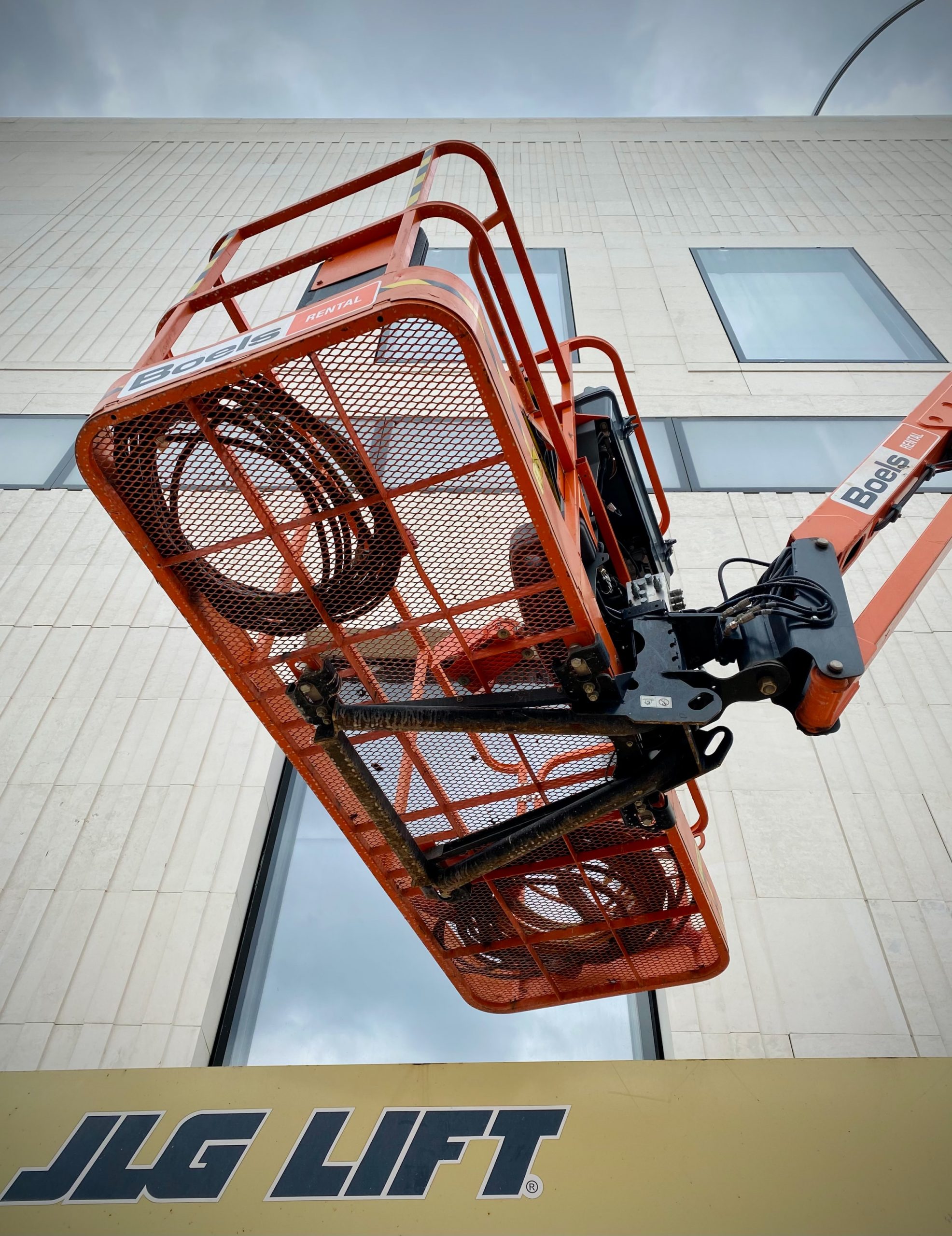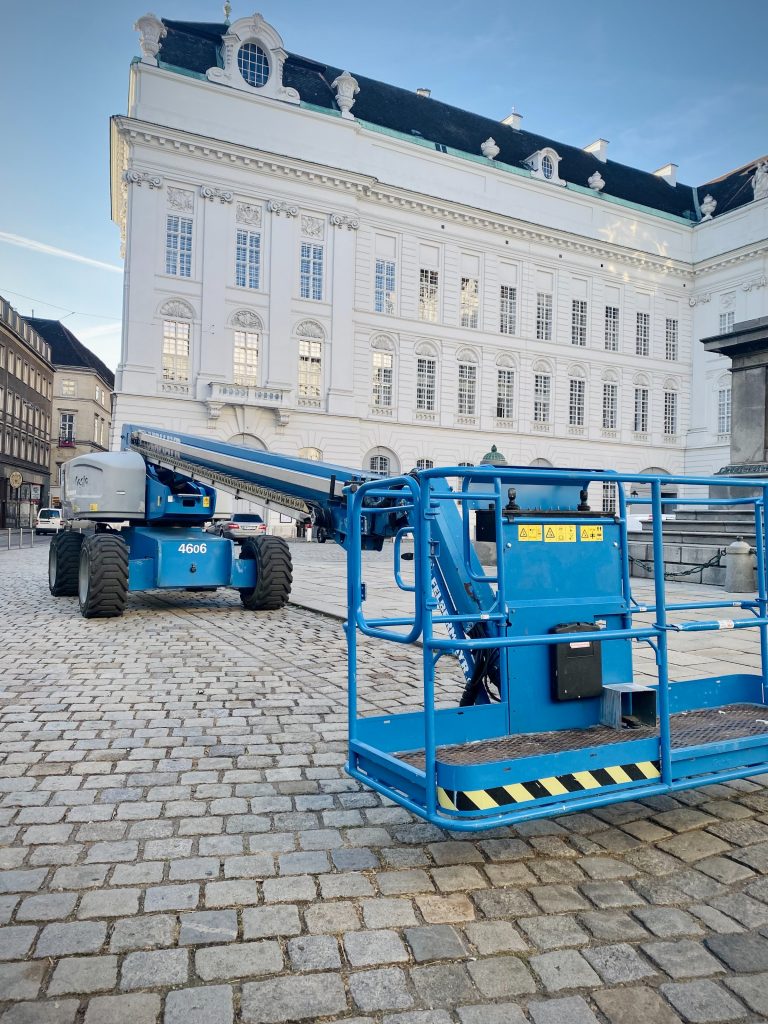In the manufacturing industry, the storage and handling of heavy objects has become easy thanks to forklifts. It is a lifting equipment for loading, unloading, and transporting goods to storage places. The trade offers a wide range of choices depending on the sector of activity of each company.
Its load capacity, lifting height, and the composition of its tires, but especially its type of motorization, are many criteria to be considered when choosing the forklift truck. So, without further ado, let’s dive into this blog and learn some of the things you need to know about elevator trucks.
What are the different types of forklifts?

The purchase of a forklift truck is made according to your needs. However, you also have the option of renting one. In any case, there are many models to choose from.
An electric forklift
The electric forklift is dedicated to indoor use and is robust, reliable, and productive. It is useful for order picking as well as for loading and unloading goods. As far as the environment is concerned, it does not emit any smoke and does not require any ventilation system. In addition to being easy to handle, it is more compact. As it does not run on fuel, it does not need a tank. Easy to maintain, its battery is replaceable, which guarantees a longer life. However, it is expensive to purchase and maintain.
A diesel forklift
As a thermal model, the diesel forklift is more powerful. In addition, it is fuel efficient and has a lower operating cost. It uses fossil fuel and is best for outdoor use. On the other hand, it is more cumbersome than an electric forklift, and its purchase cost is higher.
A gas forklift
The gas elevator truck uses a combustion engine to run on compressed natural gas (CNG) or liquefied petroleum gas (LPG). It has a long service life and is suitable for both indoor and outdoor use.
How does the gas model work?
A gas-powered forklift truck has a 4-stroke internal combustion engine, just like the mechanism of a gas-powered forklift truck. The difference is that the gasoline forklift runs on diesel fuel, while the gas forklift runs on LPG, such as propane or butane. The 4-stroke engine, which is widely used in large vehicles such as airplanes and cars, as well as in mobile devices such as lawnmowers and chainsaws, has a very simple operating mode.
The intake stage is the first stage, where the intake valve opens, and the mixture of gas and air is drawn into the combustion chamber. At the same time, the piston descends. The compression stage is the second stage. The intake and exhaust valves close, and the piston moves up. This is the moment when the gas is compressed in the combustion chamber.
The explosion phase takes place when the spark plug above the combustion chamber generates a spark, and the spark meets the compressed air-gas mixture. The pressure of the explosion causes the piston to drop and push down while the two valves are closed. Finally, the last stage is the exhaust. The exhaust valve expels the gas to the exhaust pipe while the piston rises.
What are the advantages of a gas elevator?

The gas elevator truck has many advantages over its competitors. In terms of power, it is equivalent to diesel combustion. But it reduces the emission of polluting gases. This type of engine has the advantage of causing complete combustion, which can affect safety in a closed environment. However, it does not emit fine greenhouse particles or carbon monoxide. However, before choosing any forklift, you should ask yourself a few questions. Your average load weight and the size of your loads are key elements that determine the truck’s choice of tires and the ergonomics.
Sound off in the comments section below, and tell us what you want to read next and if you want to read more about elevator trucks.




